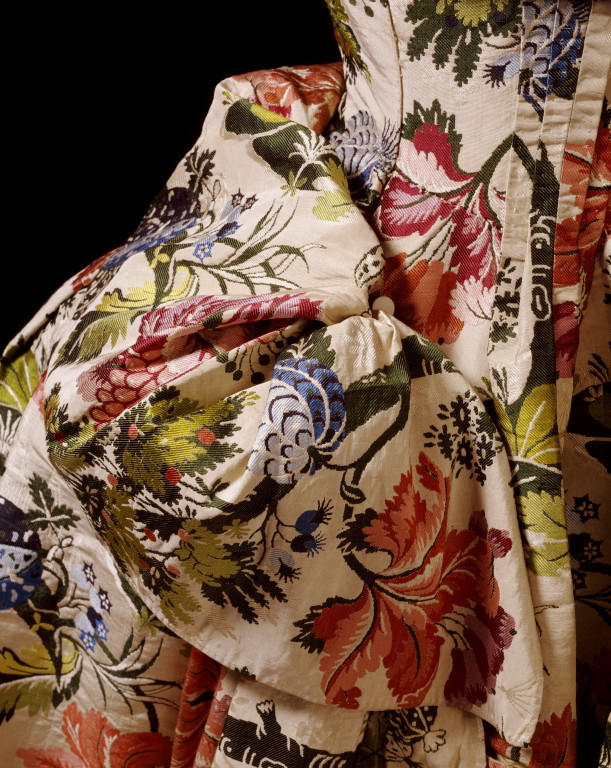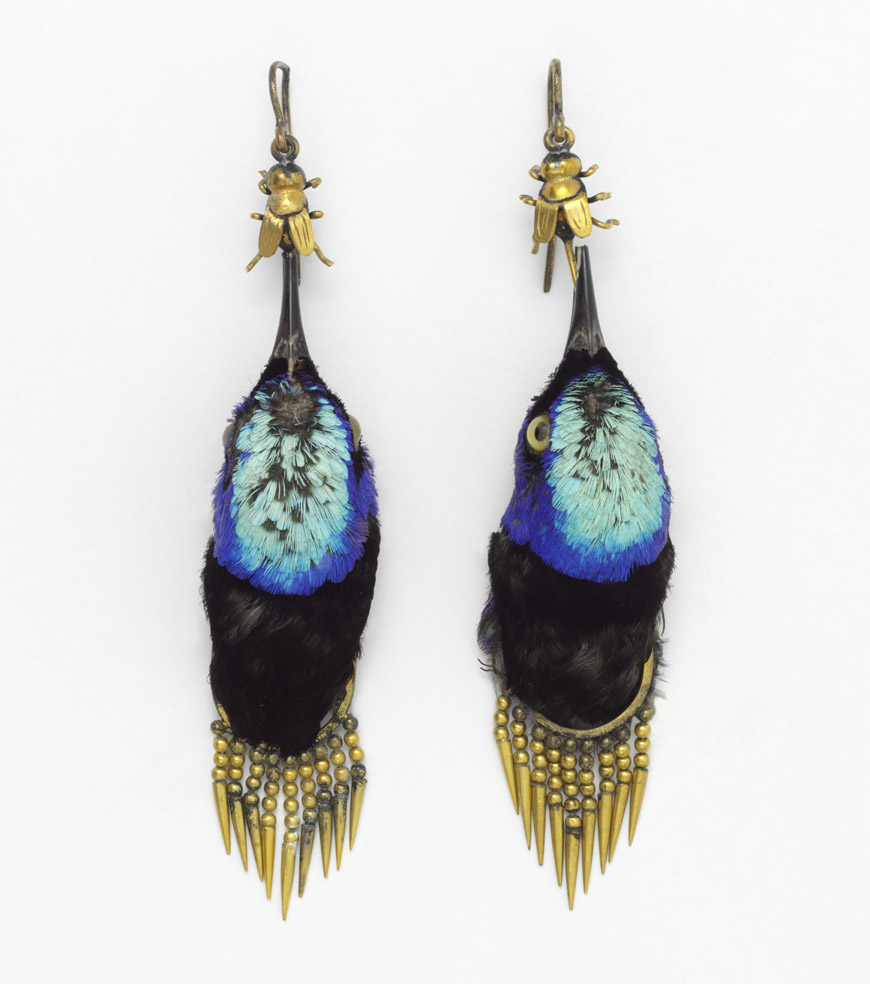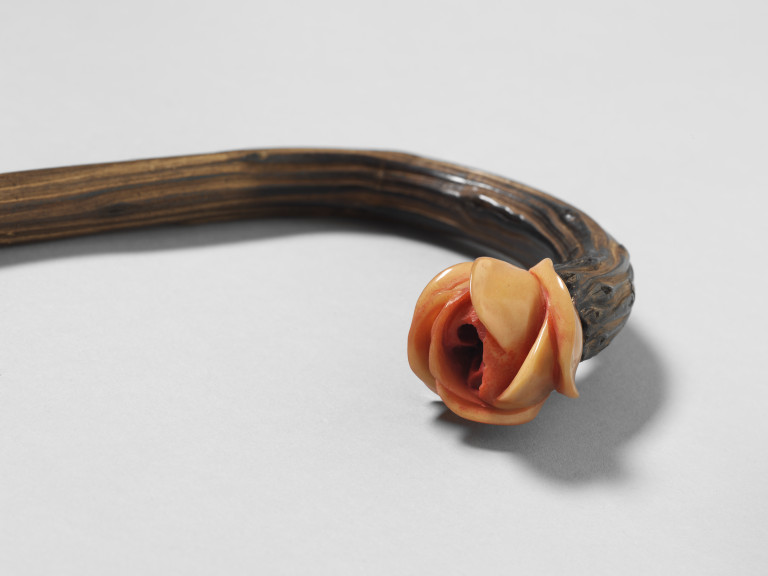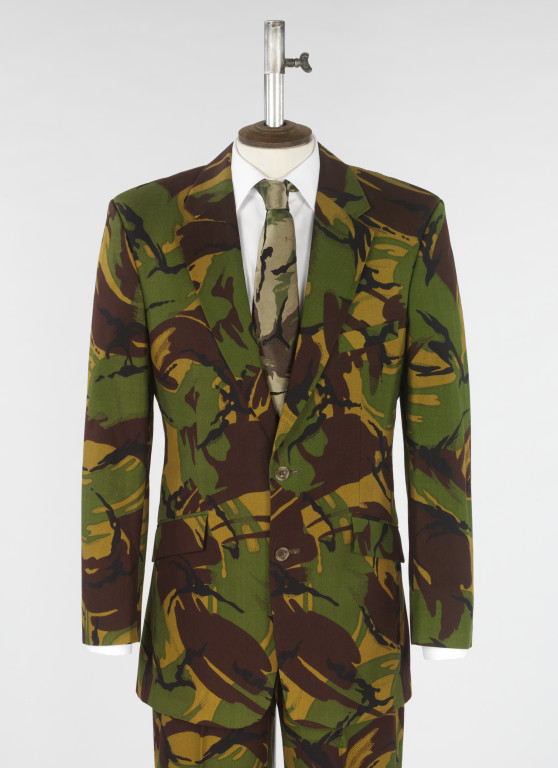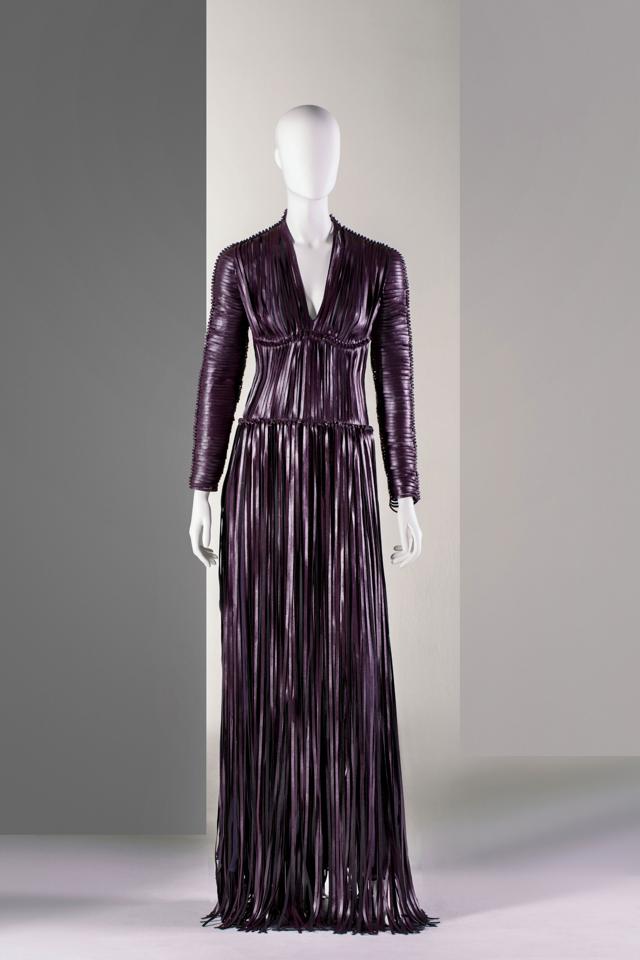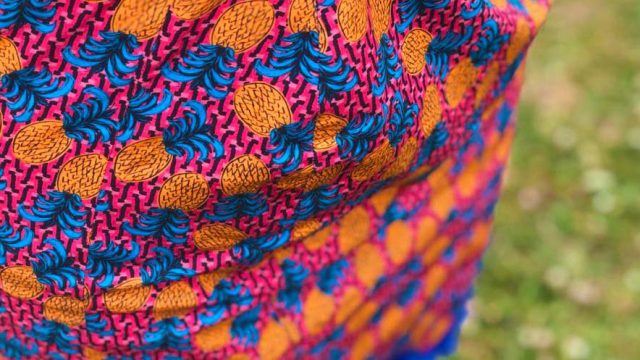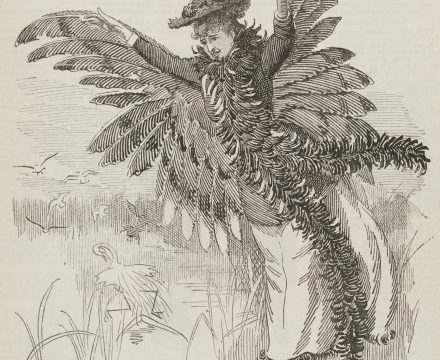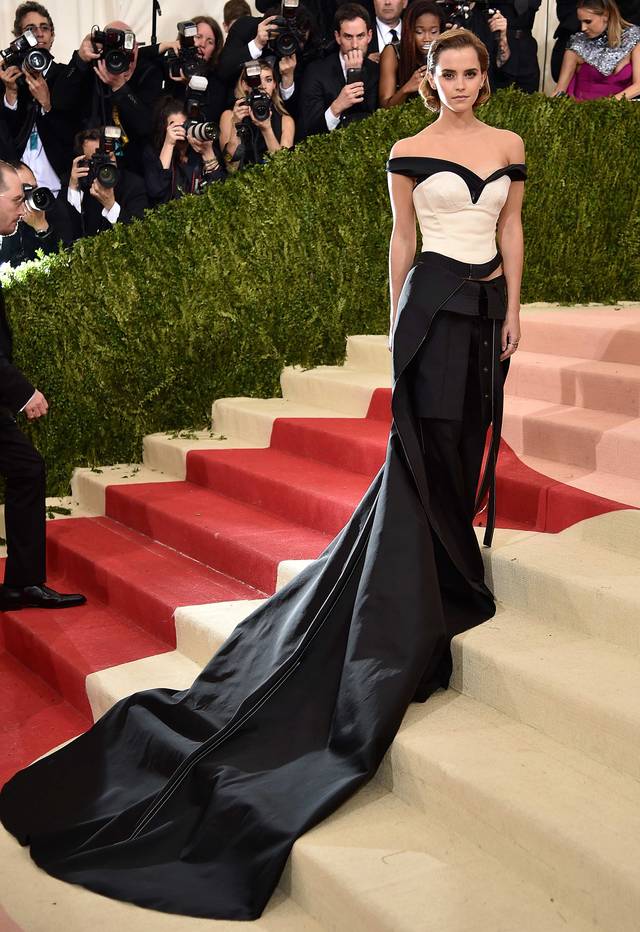
Sponsored by the European Confederation of Flax and Hemp (CELC)
With additional support by G-Star RAW
Fashioned from Nature has been 2 years in the making and we are so excited that it will open to the public in less than two weeks. Over 350 beautiful, fascinating and unsettling objects, from Emma Watson’s Calvin Klein dress made from recycled plastic bottles to a cape crafted from cockerel and pheasant feathers, have been carefully selected, conserved and displayed. It traces the fascinating and complex relationship between fashion and the natural world from 1600 to the present day. We are proud to say that this is the first time any exhibition has looked at sustainable fashion in an historical context.
We will show you the history of fabrics and fashion materials, the fashion industry, the dedicated campaigners fighting against fashion’s environmental impact, and contemporary designs that merge high fashion and sustainability. Our 1600 to 1900 section presents the most commonly used fabrics (cotton, linen, silk, and wool), controversial materials like whalebone and mother-of-pearl, and intriguing alternatives such as spun glass, vegetable ivory and pineapple fibre. A pair of earrings from 1875, formed from the heads of two real honeycreeper birds, and an 1860s muslin dress decorated with around 5,000 parts of jewel beetle wing cases highlight the popularity of using animal parts in fashion. Organisations, such as the Royal Society for the Preservation of Birds, campaigned against these trends that endangered species.
The 1900 to now section presents exquisite garments and accessories from Christian Dior, Dries van Noten and Philip Treacy, showing how fashionable dress recurrently draws on the beauty and power of nature for inspiration. ‘Protest!’ features campaigners, activists and protest groups like Fashion Revolution and Vivienne Westwood highlighting the social and environmental impact of fashion. Turning to solutions, we shine a light on innovative, sustainable fabrics from often surprising sources. Vegea use waste from the wine industry to create a leather-substitute, which Italian designer Tiziano Guardini has crafted into a stunning gown. A more conceptual piece includes a dress grown from plant roots by the artist Diana Scherer, which raises the question whether we will be able to grow our clothes one day.
Finally, you can engage with two interactive installations from the Centre for Sustainable Fashion (CSF) at London College of Fashion. ‘Fashion Now’ asks you to explore the hidden impact of five everyday fashion pieces. ‘Fashion Futures 2030’ immerses you in the fashion world of the future. It invites you to tell us how you would like fashion to be in 2030 and shows you scenarios based on your choices to get you thinking about your own fashion choices.
Fashioned from Nature opens at V&A South Kensington on Saturday 21st April 2018 and runs until 27 January 2019. Book tickets here.
Our next blog will look at the extensive work that paper conservator Susan Catcher put into conserving an 18th century fan of mica.
